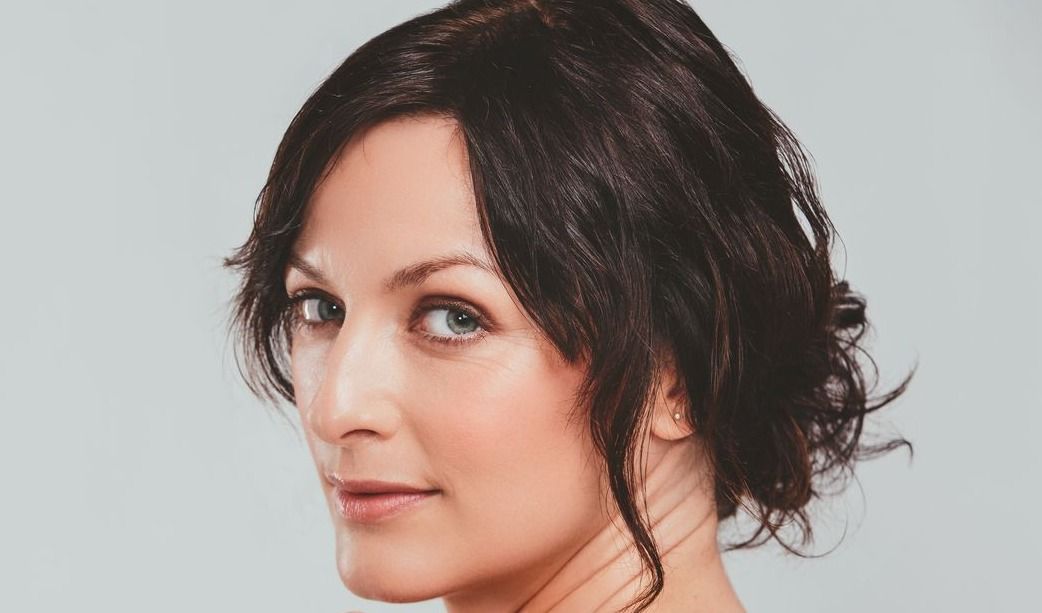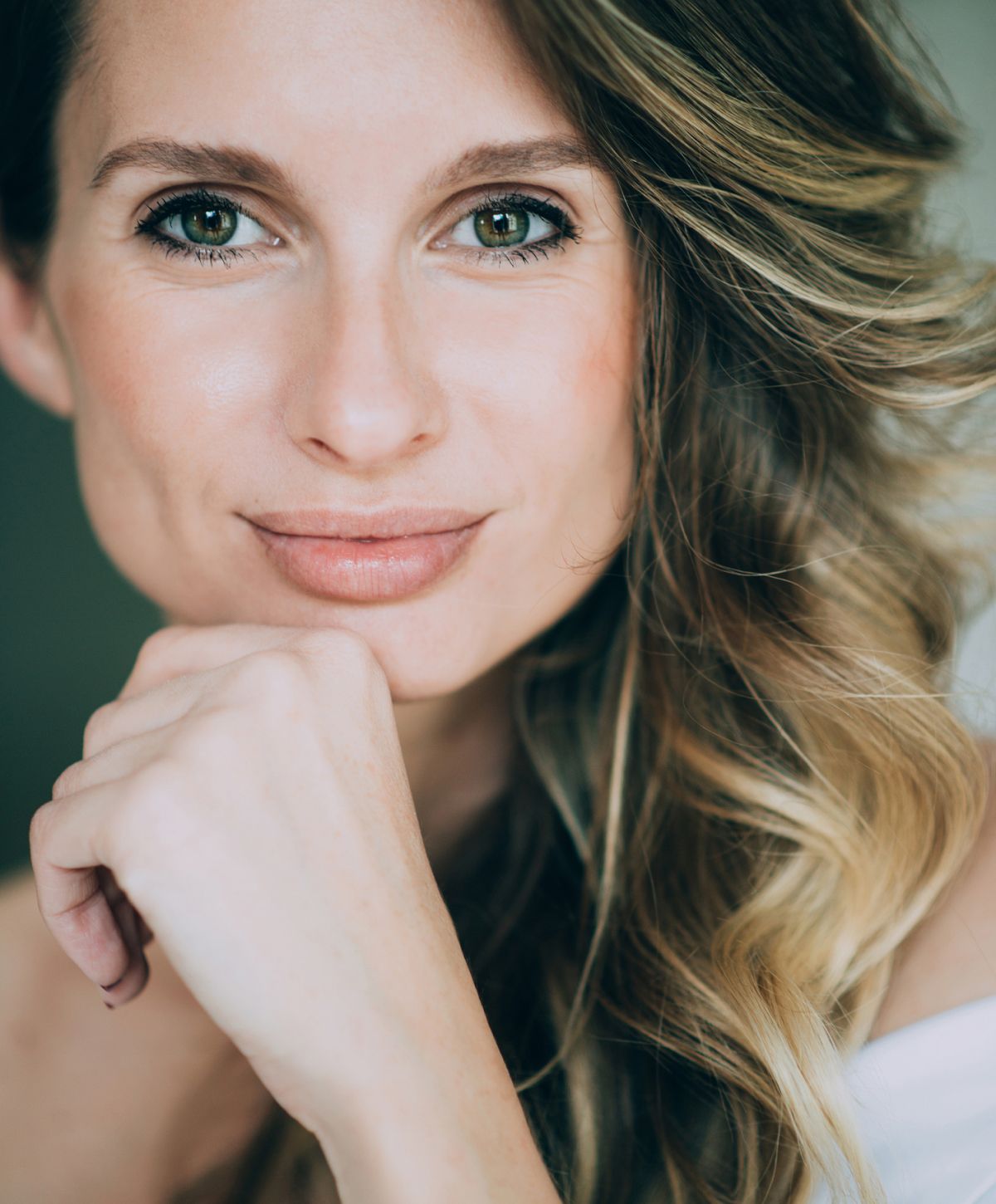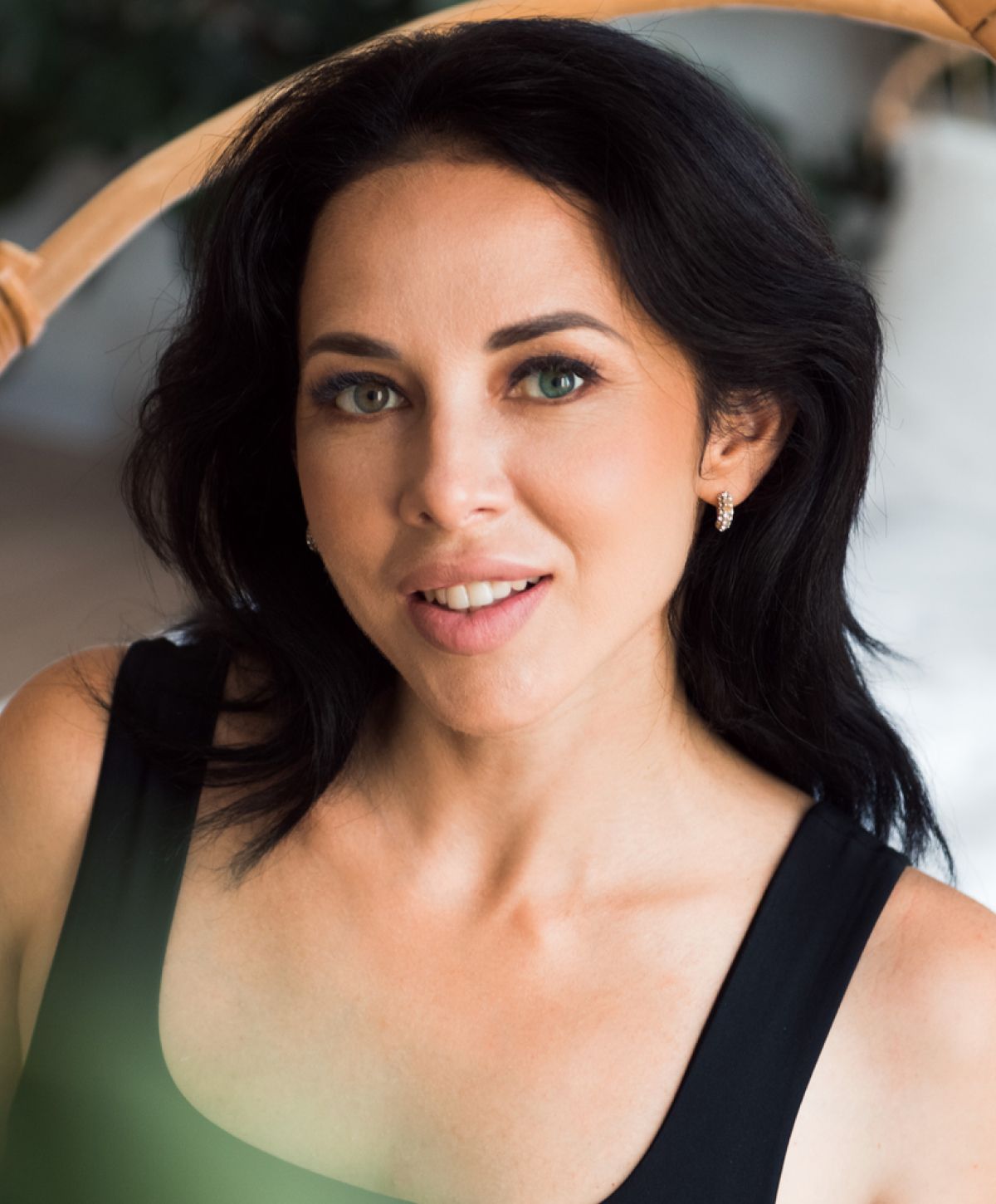
in San Diego County, CA

As we age, the upper eyelids often begin to droop due to excess skin, fat accumulation, or weakening muscles. This can lead to a tired or aged appearance, and can even impair peripheral vision.
At our office in Encinitas upper blepharoplasty, also called upper eyelid surgery, is designed to remove excess skin and restore definition to the upper eyelid crease. Whether for cosmetic or functional reasons, upper eyelid blepharoplasty is a safe and effective way to achieve a more refreshed, youthful appearance. Dr. Mark Schoemann, a double board-certified plastic surgeon with extensive experience in cosmetic eyelid surgery, offers a highly personalized approach to ensure precise and natural-looking results.

Most patients return to daily activities within 7–10 days

Smooths sagging skin and redefines the upper eyelid crease

Can improve peripheral vision by removing redundant upper eyelid skin

Typically performed under local anesthesia in our accredited surgical facility

Results often last 5–10 years or more
Upper blepharoplasty, or upper eyelid surgery, is a surgical procedure that involves removing excess upper eyelid skin, fat, and sometimes muscle to rejuvenate the appearance of the upper eyelids.
Upper eyelid surgery targets the drooping or fullness that can occur with age, gravity, or genetics. This procedure is frequently combined with lower blepharoplasty or a brow lift for more complete eye rejuvenation.
This procedure is a popular choice for improving the cosmetic appearance of the eyes, but it can also be medically necessary when sagging upper eyelids interfere with vision. Upper blepharoplasty may include skin removal, fat removal, and tightening of the eyelid skin to restore a more open, rested, and alert look.


Upper blepharoplasty in Encinitas is typically performed under local anesthesia, although general anesthesia or conscious sedation may be used in some cases.
During surgery, Dr. Schoemann makes a discreet incision in the natural upper eyelid crease to perform precise skin excision, removing excess skin and, if needed, repositioning or removing excess fat. The levator muscle or levator aponeurosis may be addressed if ptosis repair is required.
Once redundant skin in the upper eyelid skin is excised and the eyelid margin is restored, the incision is closed with fine sutures. The eyelid lift procedure takes about 1–2 hours to perform. Patients are monitored in a recovery room before being released home the same day.

With upper blepharoplasty Encinitas patients can treat both functional and cosmetic concerns. These include:
Cosmetic eyelid surgery helps patients look more rested and alert, and, in some cases, corrects visual obstruction.
Upper blepharoplasty has both aesthetic and practical benefits. For many patients, removing excess skin and fat enhances the upper eyelid contour, creating a smoother transition to the brow and giving the face a more youthful appearance.
Others experience improved eyesight and less strain during daily activities like reading. The refined shape of the upper eyelid crease can restore facial symmetry and provide long-term improvement in both function and appearance. Many patients also choose to combine an eyelid lift with a brow lift or lower blepharoplasty for comprehensive rejuvenation of the eye area.

Generally healthy adults who are experiencing sagging upper eyelids, excess skin, or fat that obscures the natural crease of the upper lids may be candidates for upper blepharoplasty.
If droopy eyelids make you appear tired, aged, or angry—or if your upper eyelid skin is interfering with your vision—you may benefit from this surgical procedure. Ideal candidates have no serious eye diseases and maintain realistic expectations about what cosmetic upper blepharoplasty can achieve. During your consultation, Dr. Schoemann will review your medical history, examine your brow position, and assess the upper eyelid skin excess to determine if this is the right treatment for you.

After upper eyelid surgery, patients can expect some swelling and bruising, typically peaking in the first 2–3 days and improving over the first week. Applying cold compresses and keeping your head elevated can reduce swelling and promote healing. Artificial tears or prescribed eye drops may be recommended for comfort.
In most cases, patients may return to normal activities in about a week, although strenuous activity should be avoided for about two weeks. Stitches are usually removed within five to seven days, Proper care of the surgical site is essential to support healing and reduce visible scarring along the eyelid crease.
Results from upper blepharoplasty begin to appear as swelling and bruising subside, usually within the first couple of weeks.
Final outcomes, including a refined eyelid contour and restored upper eyelid crease, are typically visible around the 6–12–week mark. These changes can last for years, with many patients enjoying a more youthful appearance and improved vision well into the future. While aging continues, the results of cosmetic eyelid surgery can be long-lasting, especially when supported by good skin care and a healthy lifestyle.

Dr. Mark Schoemann brings both precision and artistry to every upper blepharoplasty procedure, drawing on his extensive background in plastic surgery and cosmetic eyelid surgery.
As a board-certified plastic surgeon serving patients throughout San Diego County, he is committed to achieving natural-looking outcomes tailored to your unique facial structure and aesthetic goals. At our state-of-the-art surgical facility in Encinitas, patient safety, comfort, and satisfaction are our top priorities. Whether you're seeking to reduce sagging upper eyelids or rejuvenate your entire eye area, our team is here to guide you through every step.
Not always. While cosmetic blepharoplasty is common, the procedure may also be medically necessary when drooping skin on the upper eyelid affects vision or eyelid function.
Upper blepharoplasty focuses on addressing excess skin and fat on the upper eyelids. Lower blepharoplasty targets under-eye bags, excess fat, and loose skin beneath the eyes, reducing the appearance of wrinkles and dark circles. If desired, upper and lower blepharoplasty can be combined to address the upper and lower lids.
The incision is made in the natural upper eyelid crease and typically heals with minimal visible scarring. Most patients find that the scar fades significantly over time.
Results generally last 5 to 10 years. While the aging process continues, most patients see lasting improvements in their eyelid contour and appearance.
Yes. Upper blepharoplasty is often combined with a brow lift, lower blepharoplasty, or other facial rejuvenation procedures to achieve balanced and comprehensive results.